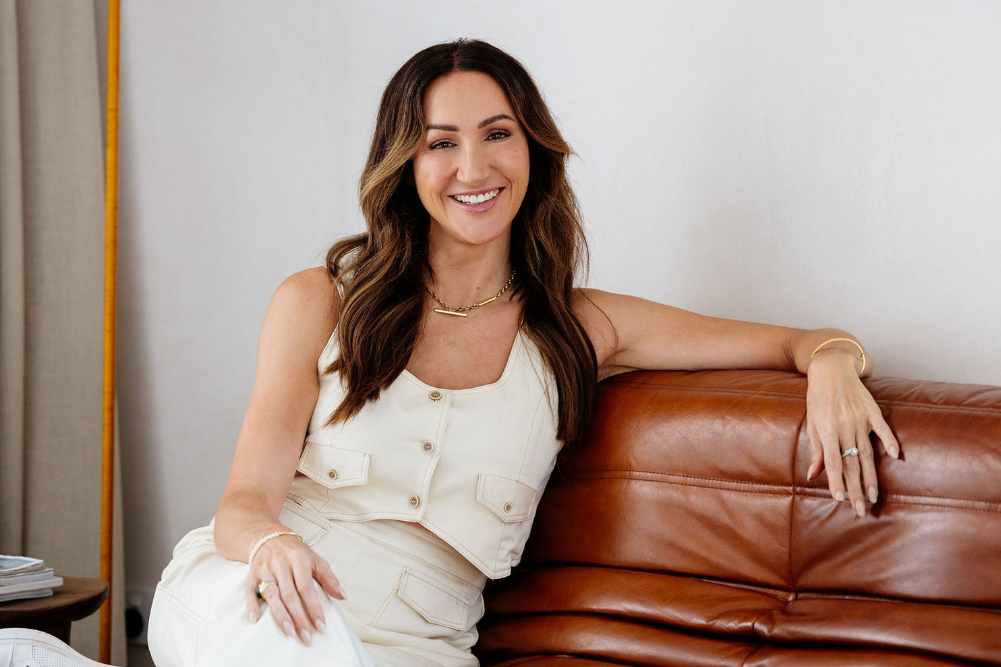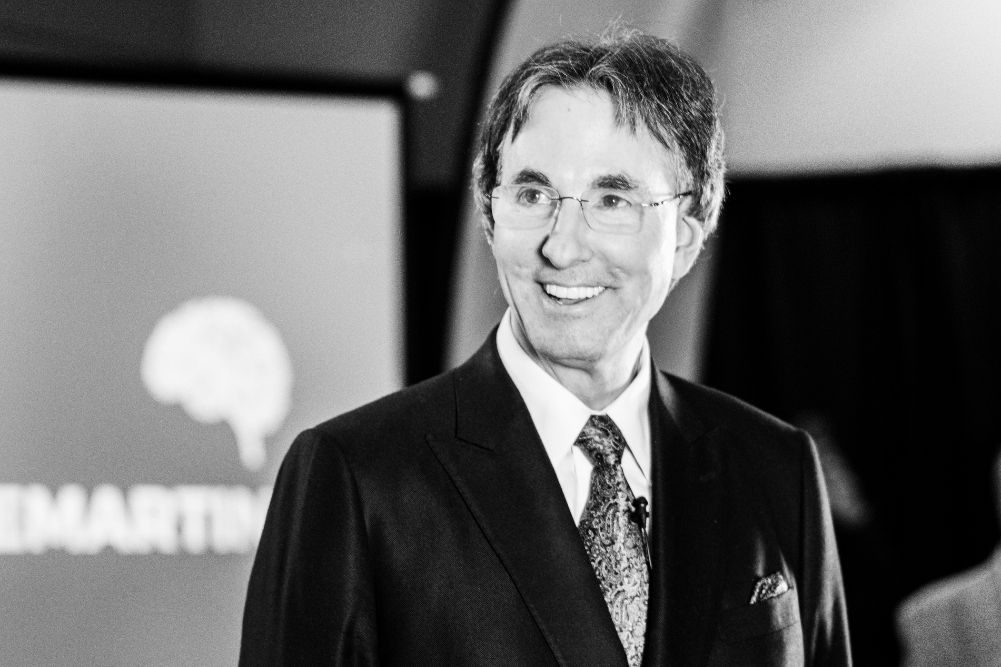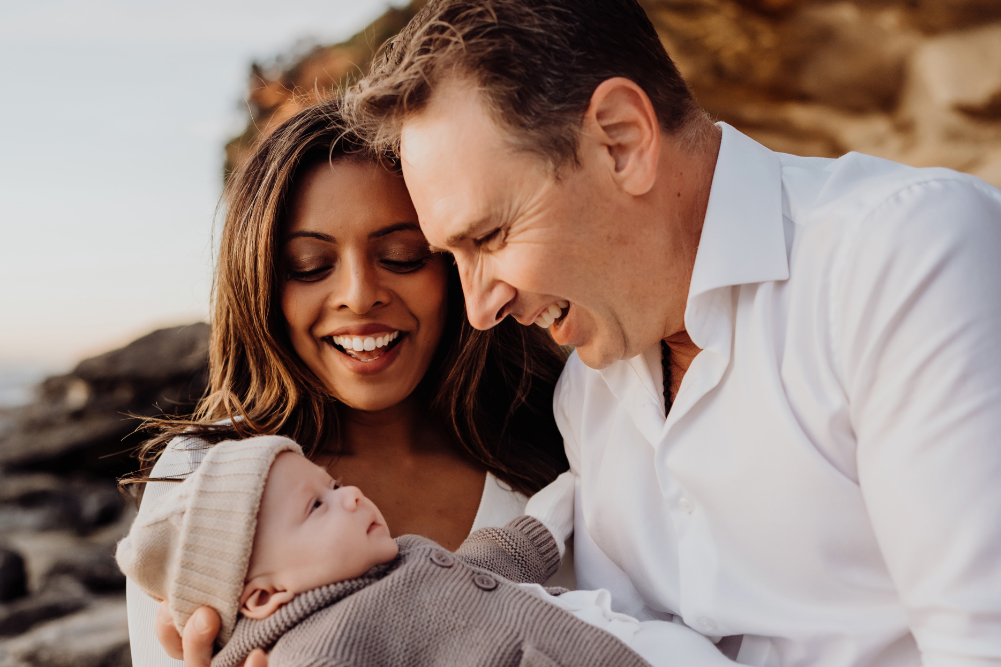Meet 3 women who’re climbing to inspiring heights
In 2005, Diane Westaway, a Sydney adventure guide, had an extraordinary idea that brought together a group of eight ordinary women for a project of global proportions. “It seemed like a good idea at the time,” she recalls. “A sort of dare that captured the imagination.”
Having secured the resources of global adventure operator, World Expeditions, these women have set out to become Seven Summiteers, an achievement accomplished by a bare 200 people in the world. Having dubbed their group the ‘Mums Kick Seven Summits Team’, they are attempting to climb the highest mountain on each of the seven continents, while raising money for charity.
The summits
The women are all mothers and range in age from 29 to 58. Some are massage therapists, others managers and others full-time parents. What unites them in their bold ambition is a dedication to pushing their limits and stepping outside physical and spiritual comfort zones.
Most of the women have already climbed our own Mt Kosciusko, Mt Kilimanjaro in Tanzania and Mt Elbrus in Russia. In 2008, they will attempt South America’s Mt Aconcagua then America’s Mt McKinley in 2009. Mt Vinson in Antarctica is on the horizon in 2010 before the most dangerous and mightiest of all in 2013: Mt Everest in the Himalayas.
Everest looms as an ascent of such extremes that people die on it, therefore no one with dependents (including young children) will undertake it. Aside from the original eight, other women are joining the Summiteers on various climbs as well as helping with the fundraising.
The women
The challenge is not just about getting fit and building stamina; it is an emotional and mental series of challenges, which become greater as you climb greater heights. For Cherie Horne, a massage therapist, inspiration emerged during a three-month stay at the Everest Base Camp in Nepal. “It was during my three months at Base Camp,” she recalls, “that I fell in love with the mountains and decided I would like to challenge myself by attempting to climb the highest mountain on each continent. I believe the only limits in life are the ones you set yourself.”
A mother with two teenagers, Annie Doyle roamed over her native New Zealand and cycled through Europe before meeting Diane and climbing Mount Aconcagua in South America. For Doyle, every summit has been different. “I think the most rewarding thing for me is pitting myself mentally, getting through the hard parts with a smile on my face.”
Eileen Roberts, with a husband and two grown-up children, had only ever walked around the streets “for an hour on my own and thought it would be nice to walk with someone”. She was under heavy stress at the time, having just lost her home and business, and thought that joining the group would take her mind off things. “After doing Kilimanjaro, I was hooked, wanted another goal and decided to try for the seven summits. It’s been extremely hard for me because of my age (57) and my low fitness levels as well as fitting in work and other commitments. But I am doing my best to get fitter each year.”
Amanda Jones, married with a 12-year-old daughter, was travelling through Europe and Africa in 1983 when she first saw Mt Kilimanjaro. “It was magic. I first saw Kili rising majestic and solo out of the vast plain of the Rift Valley just south of the equator and yet snow-capped. I remember gazing at Kili and day-dreaming about climbing it.”
Making a difference
A special feature of the Summit project is raising money for charity and the women have eagerly embraced this aspect of the adventure. Part of the privilege of having support, health, income and the ability to travel to the far-flung reaches of the world is giving back. For the African summit, the Fistula Hospital in Ethiopia was chosen as a recipient for funds. The charity for Mount Elbrus in Russia was the Fred Hollows Foundation.
“Working to raise money for the Fistula Hospital was truly special,” recalls Ann. “We couldn’t believe it when the end tally came to $65,000. To be able to climb a mountain and support such worthy causes is what life should be about.”
“The Fistula Hospital was very emotional for us,” says Doyle. “We had absolute advocates of the cause in our group of women who even travelled to the hospital at Addis Ababa. Once we heard the stories, it became our cause.” Jones explains: “I really appreciate that we are extremely well off and that Africa will need even more world support in the decades ahead with the basics — health, education and infrastructure — to have any hope of economic independence.”
For the Mt Elbrus expedition, the group chose the Fred Hollows Foundation because of Fred’s links to Indigenous Australia and mountain climbing. The Fred Hollows Foundation’s Marketing & Fundraising Director, David Britton, is delighted with the idea. “The group first approached us after the late mountaineer Sue Fear suggested us. Sue was meant to guide them up Elbrus but was tragically killed while climbing Mt Manaslu in Nepal. Sue was a fabulous ambassador for the Fred Hollows Foundation and a real inspiration to all the girls in Mums Kick, so it was no surprise that they embraced her suggestion.
“The girls undertook three main events to raise money and awareness for the Foundation. One of these was a family mountaineering walk where participants climbed wearing cataract simulation masks. Rather than being a fundraiser, it raised awareness about the work of the Foundation. They held a charity golf day and also a dinner dance, which included speakers, entertainment, dinner and a silent auction. From the events, Mums Kick was able to raise a very significant amount of money for the Foundation and an equivalent amount to help meet the costs of their mountaineering adventure.
“The Mums Kick goal of summiting the highest mountain on every continent before they die is truly inspiring. Even more inspiring, though, is the effort they have gone to with their fundraising. Being a mother, a mountaineer and a fundraiser can’t have been easy for any of them, but through their dedication and drive they have made a significant difference to the lives of some of the world’s most disadvantaged people and for that the Fred Hollows Foundation is truly grateful.”
Kosi and Kili
“Mount Kosciusko was easy. We climbed straight up without traversing,” recalls Westaway, “and added Mt Townsend, the second highest mountain in Australia. Kilimanjaro was amazing, but there was serious emotional fallout because the girls didn’t all summit at the same time.”
During the Kilimanjaro climb, the 15 women reached the summit in three separate groups, but were not all able to wait at the top so the entire group could share the achievement together. Many of the girls were suffering from diarrhoea, vomiting and sinus infections. That combined with a raging blizzard made it impossible for the first groups on the summit to wait for the others. This proved a challenging psychological issue.
Westaway explains: “Some of them found it so hard they thought they were going to die up there. It’s very scary being at high altitude, physically exhausted and not sure of your abilities, and you want to be supported by someone you trust. This is not always possible, so some of the girls felt let down.
“However, the team got all the girls to the top in the end,” she reflects, “which was an amazing achievement. Unheard of, in fact, as 100 per cent success rates are rare and with middle-aged women it’s unheard of. The girls supported each other and everybody’s need was met in the end.”
“Mount Elbrus was an amazing experience,” remembers Horne. “Breathtaking views, surrounded by spectacular mountains. Elbrus, being a dormant volcano of the Caucasus Range, has an irrepressible kind of beauty due to its shape and setting.”
Tragedy
For all the participants, the epic is now touched with tragedy and many of the climbers carry the memory of someone particular in their hearts. Their guide for the previous summits before Elbrus had been Sue Fear, one of the most experienced mountaineers in Australia, who fell to her death in the Himalayas during an expedition in June 2006. It caused a lot of soul-searching for the Summiteers but they have pressed on with determination.
“It’s made me realise that I climb because I want to test myself,” reflects Westaway, “and discover how tough I really am. But the most important thing is to climb with amazing women who share my love of the mountains and who want to climb as a team.”
Expedition Leader Brigitte Muir has since taken on the job of guiding and preparing the group. She is the first Australian to complete the world’s seven summits and is a fitting role model for the team. Being very safety-oriented, she is making sure there’s a high level of skill among the women before they attempt the peaks.
“I think the lesson here is that you must really want to climb for all the right reasons,” offers Doyle, “not just to be a Seven Summiteer, but because there is truly no other place you’d rather be. I’ve thought a lot about why I like climbing. The reason is the camaraderie, the lessons you learn about yourself and your climbing partners, the mental toughness, the sheer bloody-mindedness of it all. If you’re really lucky, you get a moon or a sunrise, a blizzard or som
e other natural wonder.
“There aren’t many times in this life when you’re challenged to the max; where it can be about survival and the things you learn from that, which are little treasures to keep forever. The reality is that you should live every day as if it’s your last and make the most of every minute, and if you want that to be on a mountain, then that’s what you should do.”
Transformations
Horne feels she has become a mentally stronger woman, maturing and gaining confidence in many areas of her life. “I have such great appreciation and respect for other cultures and for the simple and most beautiful things in life. Being in the mountains gives me clarity, freedom and truth. It’s where I feel truly alive.”
Roberts didn’t realise the extent of her commitment and how training would become so important. “I don’t miss any sessions. On my first weekend hike in the Blue Mountains, I was exhausted and thought I couldn’t do the climb. When I reached the top, I swore (something I just do not do), then I looked down at what I had done and was amazed. I even rang my husband to let him know, then had a little cry. It was such a great achievement, let alone climb the highest mountains in the seven continents. And, yes, I still have a cry when I climb these mountains.
“To people my age who may have put off doing things because of age, thinking they wouldn’t be able to keep up or may feel embarrassed, let me say — get out there and give it a go. You do not have to be the fittest, fastest or oldest to reach your goals. I have just started really achieving something — getting fitter, going to other countries and meeting lots of great people.”
Friendship
For Westaway, the friendships are the essence of the project. “We go to amazing places and do amazing things with amazing women who like to test themselves physically and mentally. This puts massive pressure on relationships and, like any close relationship, it can be challenging but also enriching.”
“I think what makes Mum’s Kick different is that, not only can you be fit for high-altitude mountain adventures and learn new skills,” reflects Jones, “but you undertake all this with a diverse group of great women. The team spirit that forms and bonds through these shared special experiences definitely helps get you to the top.”
For Doyle, the friendships are very important. “You get very up close and personal on a mountain. There are no places to hide when you are sharing such close proximity in a tent. When Di and I were in the tent on Aconcagua at high altitude, we had to urinate in plastic bags. If you did not have a strong bond with the person you were tenting with, you would worry about these personal hygiene issues. As it was, we used to laugh about it a lot.”
Doyle says she has learnt that it’s the little things that matter most: kindnesses, a shared look, a shared sunrise, getting everyone to the top or up as far as they are able and helping along the way.
The depths and heights of inspiration
“Standing on the summit of Europe’s highest peak with the other fantastic girls was an extraordinary and memorable experience,” recalls Horne, “and also a very emotional one. Not just because of Sue, but also my father, the inspiration of my life, is dying of terminal brain cancer, so my days left with him are coming to an end. He encourages me to keep living my life the way I choose, despite his illness.”
Doyle has learnt about making the most of every minute. “I have gained a great sense of achievement. It’s a fabulous feeling setting goals then going out there and just doing it.”
Mums’ charities
Fistula Hospital
Days in obstructed childbirth can cause a hole, or fistula, in the birth passage, the bladder and sometimes the rectum. As a result, the woman constantly leaks urine and excreta, giving off an offensive odour. In Africa and away from medical facilities, a girl with fistula injuries will be abandoned or avoided by other people, experiencing a life of rejection, separation, loneliness and shame.
In 1958, Australian doctors Reg and Catherine Hamlin developed a delicate surgical technique that, in most cases, results in a complete cure. Since then, more than 24,000 women have been treated and cured at the Addis Ababa Fistula Hospital, which also trains doctors from other developing countries. More than 1200 patients are operated on each year. All are treated free of charge.
W: www fistulatrust.org.
Fred Hollows Foundation
The Fred Hollows Foundation is a non-government organisation that seeks to eradicate avoidable blindness in developing countries and to improve the health outcomes of Indigenous Australians. The Foundation carries on the vision of the late Professor Fred Hollows whose mission to improve the eye health of poor and disadvantaged communities was driven by a commitment to fundamental social and economic change.
W: www.hollows.org







